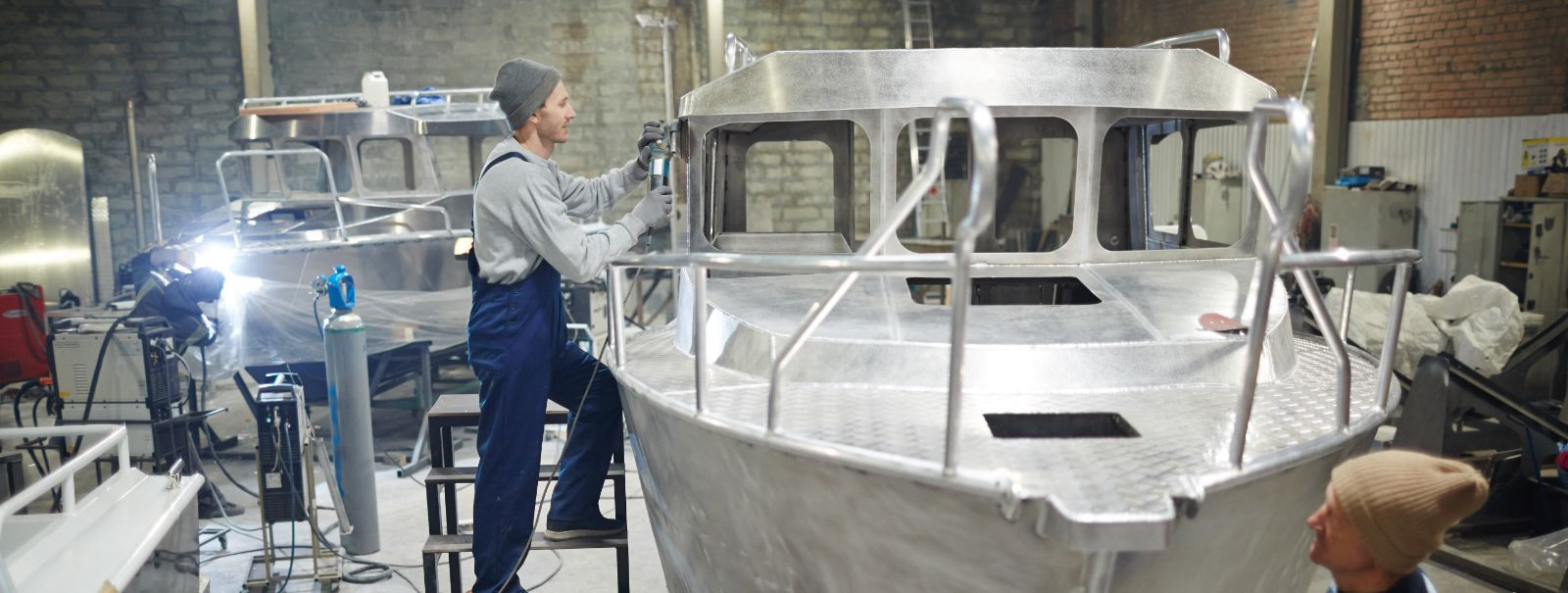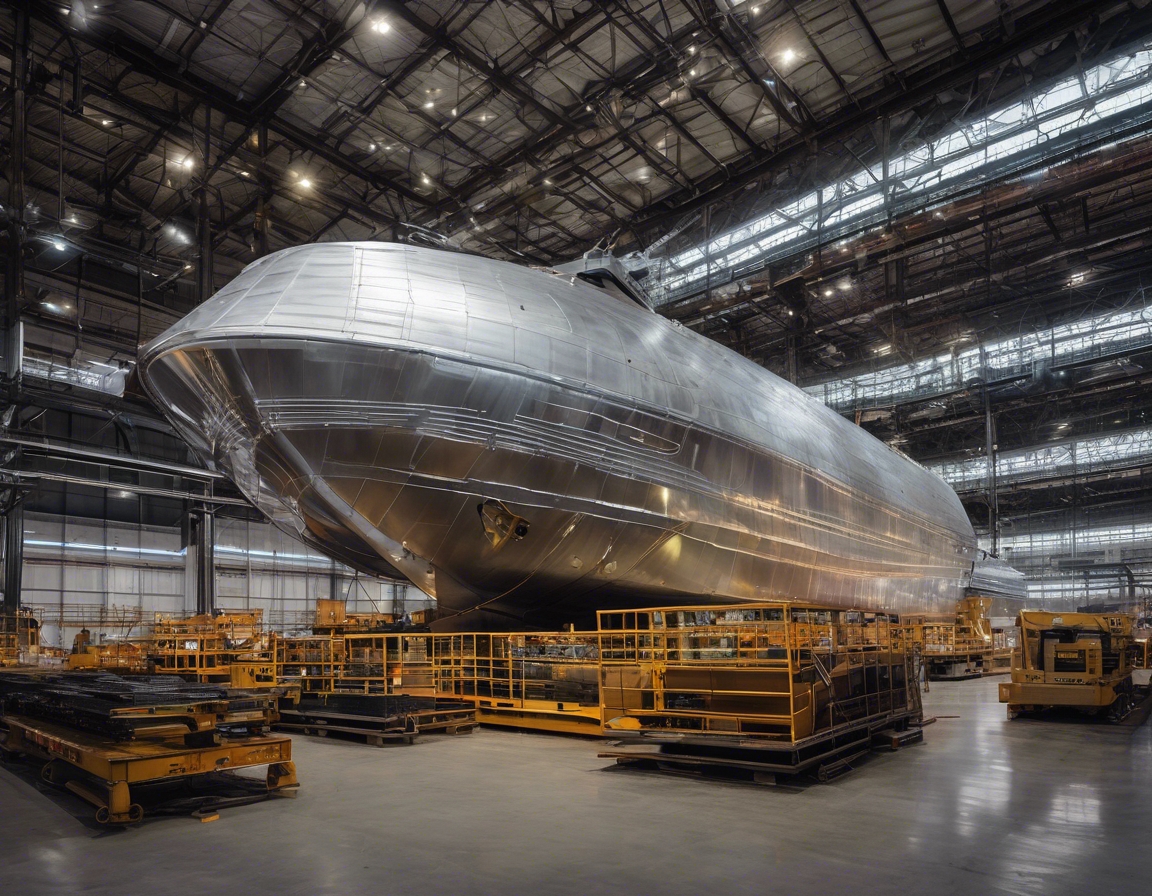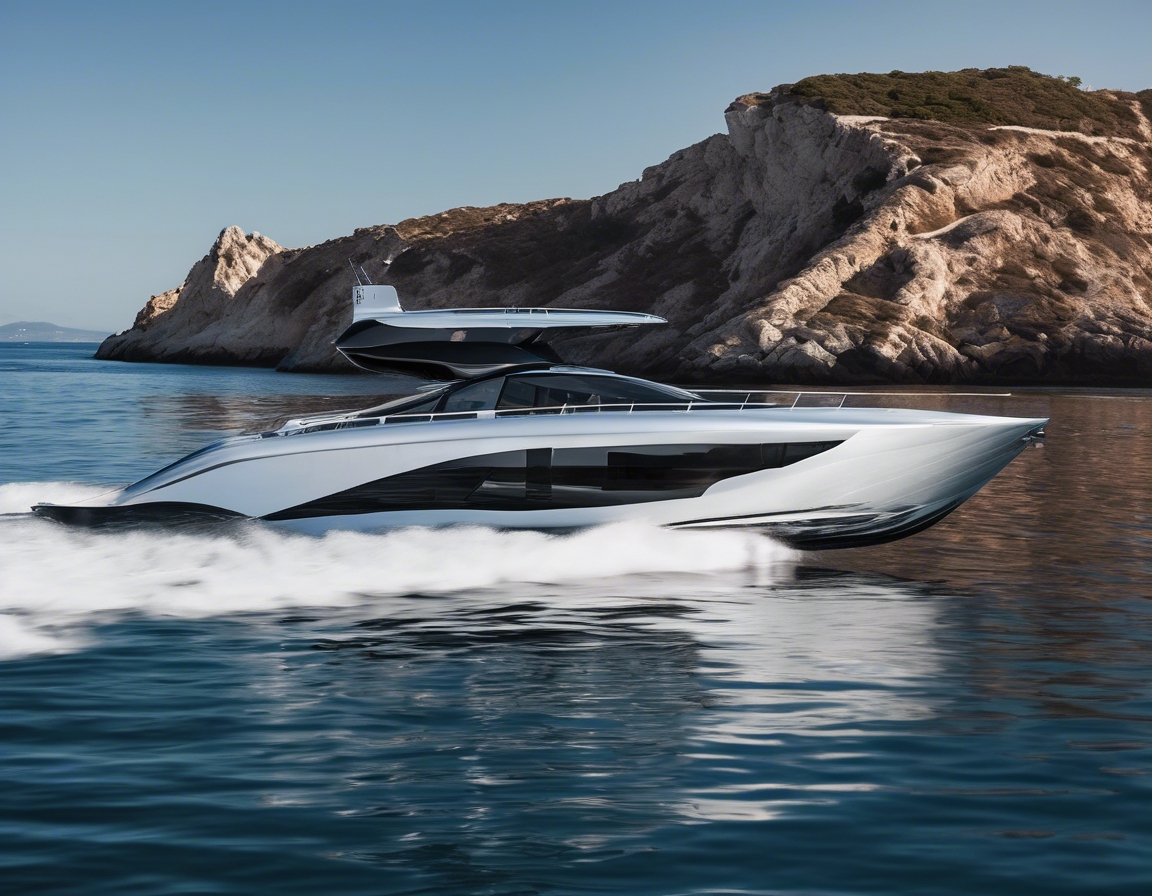How aluminium is revolutionizing ship design
Aluminium has emerged as a transformative material in the shipbuilding industry, offering a plethora of benefits that are reshaping how ships are designed and constructed. As maritime companies and ship owners strive for efficiency, sustainability, and compliance with stringent regulations, aluminium presents a compelling alternative to traditional materials like steel. This blog explores the revolutionary impact of aluminium on ship design, highlighting its advantages, technological innovations, and the challenges it presents.
2. Advantages of Aluminium in Ship Design
One of the most significant advantages of aluminium is its lightweight nature. Aluminium is approximately one-third the weight of steel, which translates to substantial weight savings in ship construction. This reduction in weight enhances vessel performance, allowing for increased speed and improved fuel efficiency. For ship owners and operators, this means lower operational costs and the ability to transport more cargo or passengers without compromising on performance.
Aluminium's natural resistance to corrosion is another critical factor driving its adoption in ship design. Unlike steel, which requires extensive coatings and maintenance to prevent rust, aluminium forms a protective oxide layer that shields it from the harsh marine environment. This inherent corrosion resistance reduces maintenance costs and extends the lifespan of vessels, making aluminium an economically attractive option for shipbuilders and operators.
The lightweight nature of aluminium contributes to enhanced fuel efficiency, which is a crucial consideration for environmentally conscious maritime companies. Reduced fuel consumption not only lowers operational costs but also minimizes the environmental footprint of vessels. As the industry moves towards greener practices, aluminium's role in reducing emissions and promoting sustainability becomes increasingly important.
Aluminium offers unparalleled design flexibility, allowing architects and engineers to create innovative and aesthetically pleasing ship designs. Its malleability enables the construction of complex shapes and structures that are difficult to achieve with other materials. This flexibility opens up new possibilities for ship design, catering to the evolving demands of the maritime industry for both functionality and visual appeal.
3. Technological Innovations in Aluminium Shipbuilding
The use of aluminium in shipbuilding has spurred advancements in welding techniques. Traditional welding methods are often unsuitable for aluminium due to its unique properties. As a result, specialized welding technologies, such as friction stir welding, have been developed to ensure strong and durable joints. These innovations enhance the structural integrity of aluminium ships, ensuring they meet the rigorous demands of maritime operations.
Aluminium's lightweight and versatile nature make it ideal for modular construction, a method that is gaining traction in the shipbuilding industry. Modular construction involves assembling ships from pre-fabricated sections, which can be built simultaneously and then joined together. This approach reduces construction time and costs, allowing shipbuilders to deliver vessels more efficiently while maintaining high standards of quality and precision.
Aluminium ships are increasingly being integrated with modern technologies, such as advanced navigation systems and automated controls. The material's compatibility with these technologies enhances the operational capabilities of vessels, providing ship owners and operators with cutting-edge solutions to meet the challenges of modern maritime operations. This integration further solidifies aluminium's position as a key material in the future of ship design.
4. Challenges and Considerations
While aluminium offers numerous benefits, it is important to consider the cost implications. Aluminium is generally more expensive than steel, which can impact the initial construction costs of ships. However, the long-term savings in maintenance and fuel efficiency often offset these initial expenses, making aluminium a cost-effective choice over the lifespan of a vessel.
Although aluminium is resistant to corrosion, it requires specialized maintenance and repair techniques. Ship operators must ensure that their maintenance teams are trained in handling aluminium structures to prevent damage and ensure the longevity of the vessel. This consideration is crucial for maintaining the performance and safety of aluminium ships.
As with any material used in shipbuilding, aluminium must meet specific regulatory standards and compliance requirements. Shipbuilders and operators must navigate these regulations to ensure their vessels are certified for safe and efficient operation. Understanding and adhering to these standards is essential for leveraging the full potential of aluminium in ship design.






Comments (0)